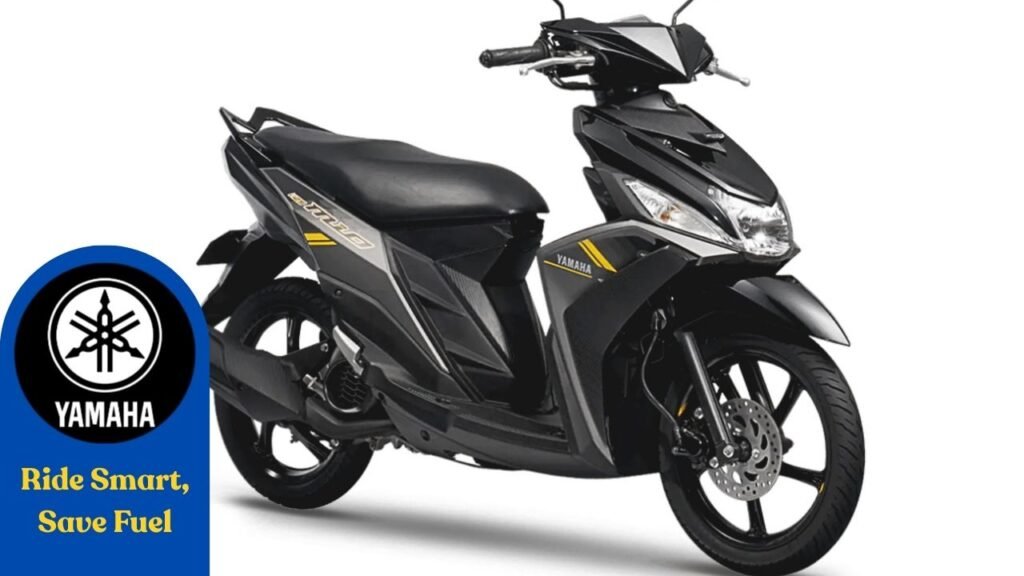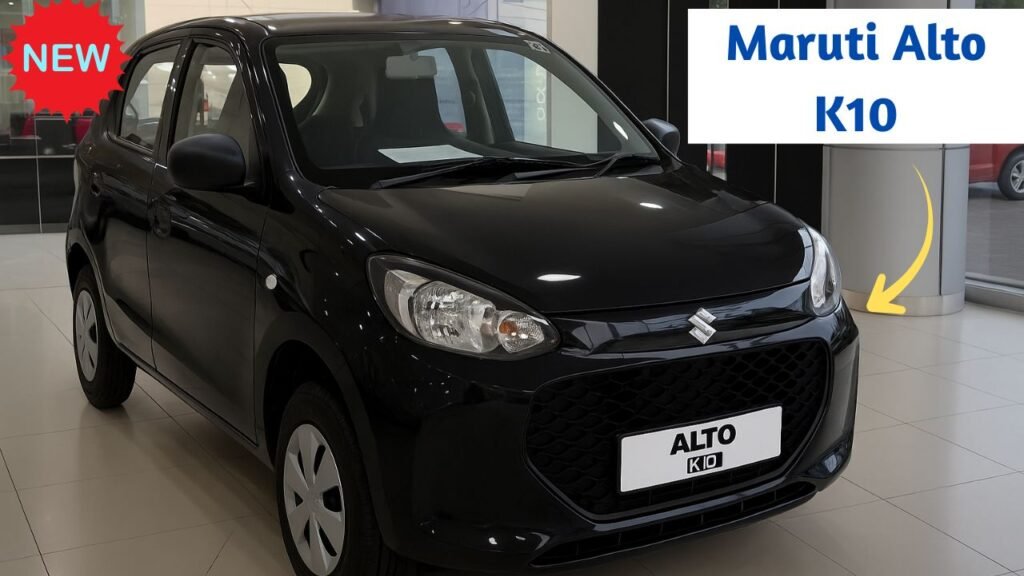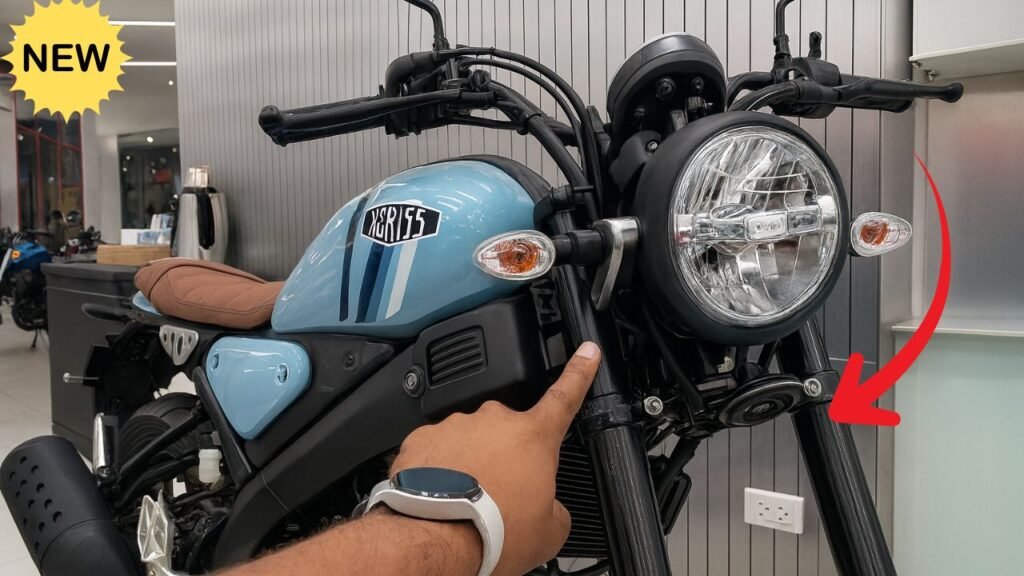Yamaha has launched the Mio 125, the world’s first geared scooter with a semi-automatic transmission. This scooter is designed for city riders who want both control and convenience. It offers great fuel efficiency, modern features, and a comfortable ride. The Mio 125 is made to make urban commuting easier and more fun.
A Revolution in Scooter Technology: Semi-Automatic Gearbox
The Mio 125 comes with a semi-automatic transmission. Normally, scooters use automatic CVT systems, which change gears by themselves. But the Mio 125 lets riders shift gears manually without a clutch.
This system gives riders more control, especially in traffic or on hills. It’s also easier than a full manual gearbox, making it perfect for new riders who want some manual control.
Fuel Efficiency and Eco-Friendly Design
The Mio 125 has a 125cc air-cooled engine. It can deliver up to 58 km per liter under good conditions. This means fewer trips to the fuel station and more savings for riders.
Fuel efficiency is also good for the environment. Less fuel use means lower carbon emissions. This makes the Mio 125 a smart choice for city commuters and eco-conscious riders.
| Feature | Details |
|---|---|
| Engine | 125cc air-cooled |
| Fuel Efficiency | Up to 58 km/l |
| Transmission | Semi-automatic |
| Eco-Friendliness | Lower carbon emissions |
Modern Design and Comfort
The Mio 125 has a stylish and aerodynamic design. It comes with bright headlamps and colorful body panels. The scooter looks modern and stands out on the road.
Comfort is also a priority. The seat is wide and cushioned for both rider and passenger. The suspension is strong enough for rough city roads with potholes and speed bumps.
Smart Features for Riders
Yamaha has added smart features to the Mio 125. The digital instrument cluster shows speed, fuel level, and trip info. This helps riders stay informed while riding.
The scooter also uses Yamaha Smart Motor Generator (SMG) technology for quiet engine starts. Riders can start the scooter with either an electric or kick-start option.
| Feature | Benefit |
|---|---|
| Digital Cluster | Shows key info at a glance |
| SMG Technology | Quieter engine starts |
| Dual Start | Electric or kick-start options |
History of Geared Scooters
Geared scooters were common in the past, but automatic scooters became popular for their simplicity. Automatic scooters are easy for beginners, but they lack the control of manual gears.
The Mio 125 combines both. It offers manual-like control with the simplicity of an automatic system. This makes it attractive for both new and experienced riders.
Global Reception and Impact
The Mio 125 has already attracted attention outside India, especially in Southeast Asia. Countries like Indonesia and the Philippines have high scooter demand. Riders want a balance of performance, style, and fuel efficiency.
Industry experts think this semi-automatic design could inspire other scooter makers. The Mio 125 might lead the next wave of urban-friendly scooters.
Mio 125 vs Electric Scooters
Electric scooters are growing in popularity. They offer zero emissions and lower running costs. But they have limits like short range, long charging times, and fewer charging stations.
The Mio 125 is a good alternative. It offers fuel efficiency, control, and easy refueling. Yamaha may also introduce hybrid or electric versions in the future to meet the green transport trend.
Expert Opinions and Future Prospects
Automotive expert Dr. Rajesh Mehta says, “The Mio 125 is a unique scooter. It blends manual control with automatic ease, perfect for urban riders.”
The Mio 125 could shape future city transport. It is efficient, affordable, and eco-friendly, making it a smart choice as cities get busier.
FAQs
What is special about the Mio 125?
It has a semi-automatic gearbox, the first of its kind.
How fuel-efficient is it?
It gives up to 58 km per liter.
Can beginners ride it easily?
Yes, it is easier than full manual scooters.
What are the starting options?
Electric start and kick-start are available.
Is it eco-friendly?
Yes, it uses less fuel and produces fewer emissions.


